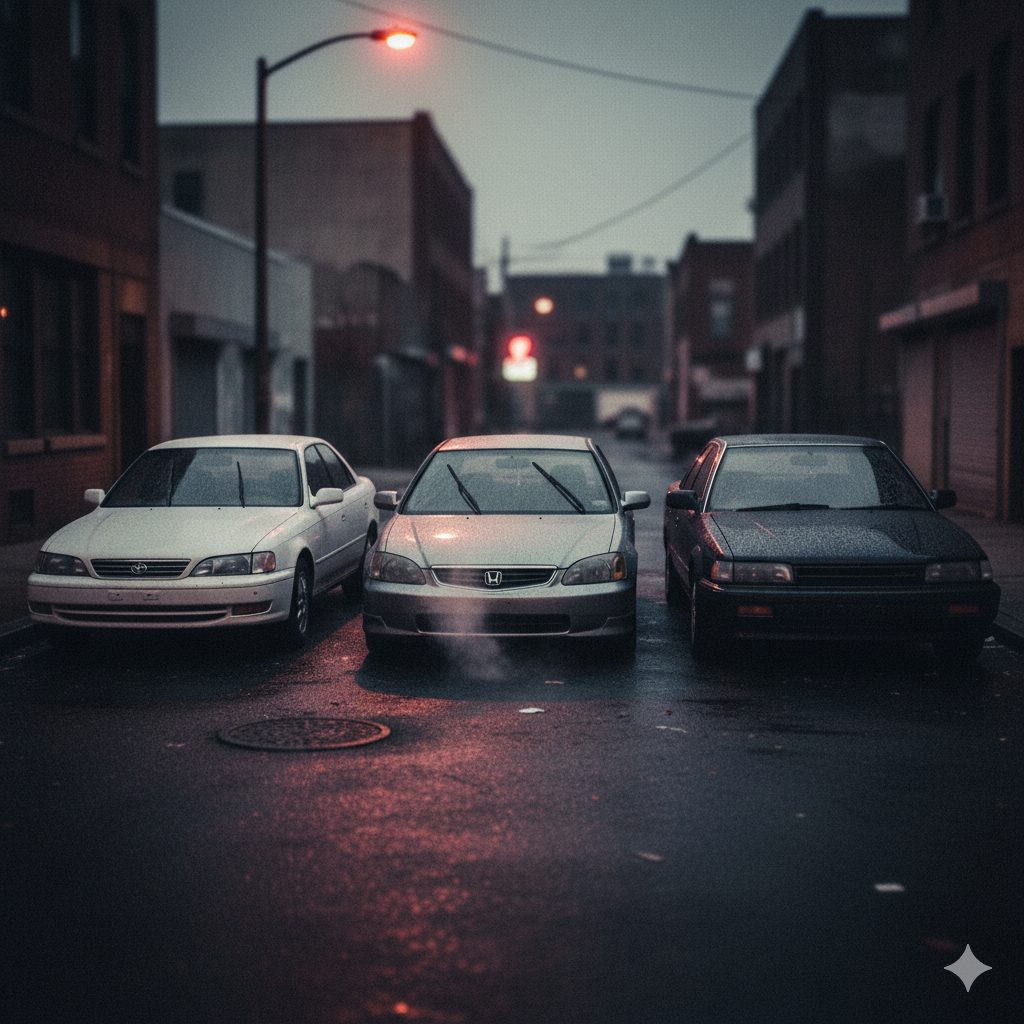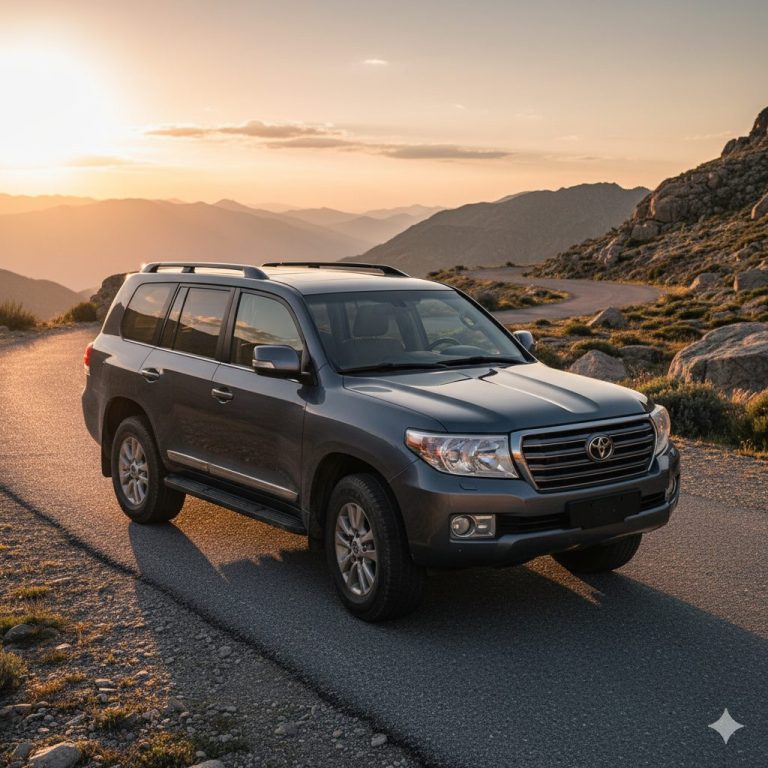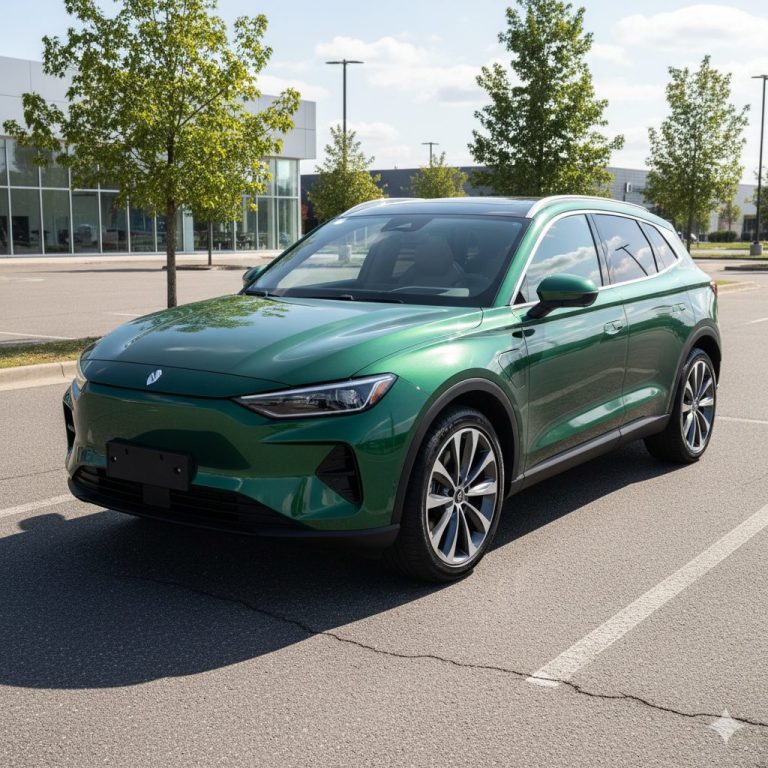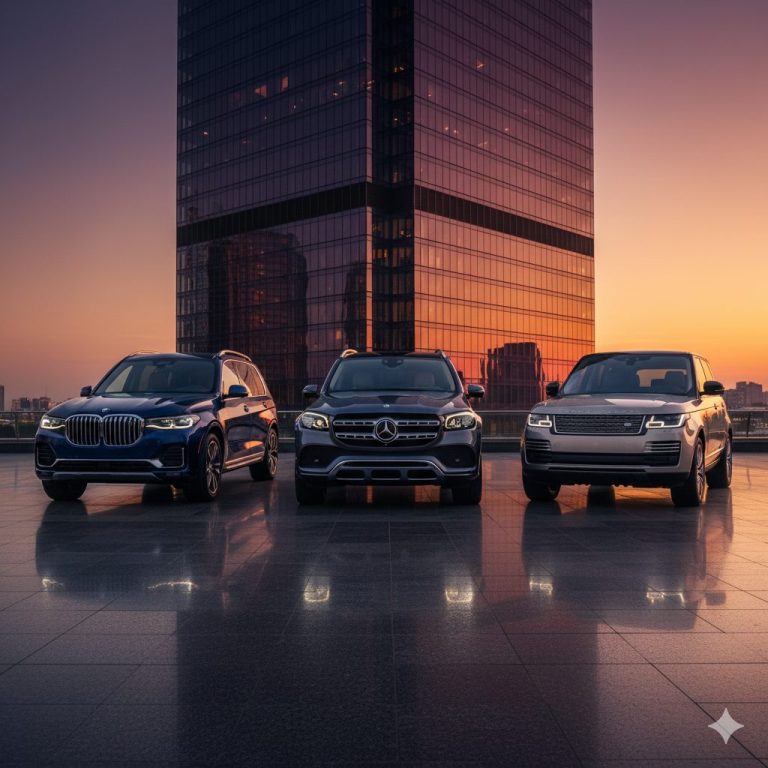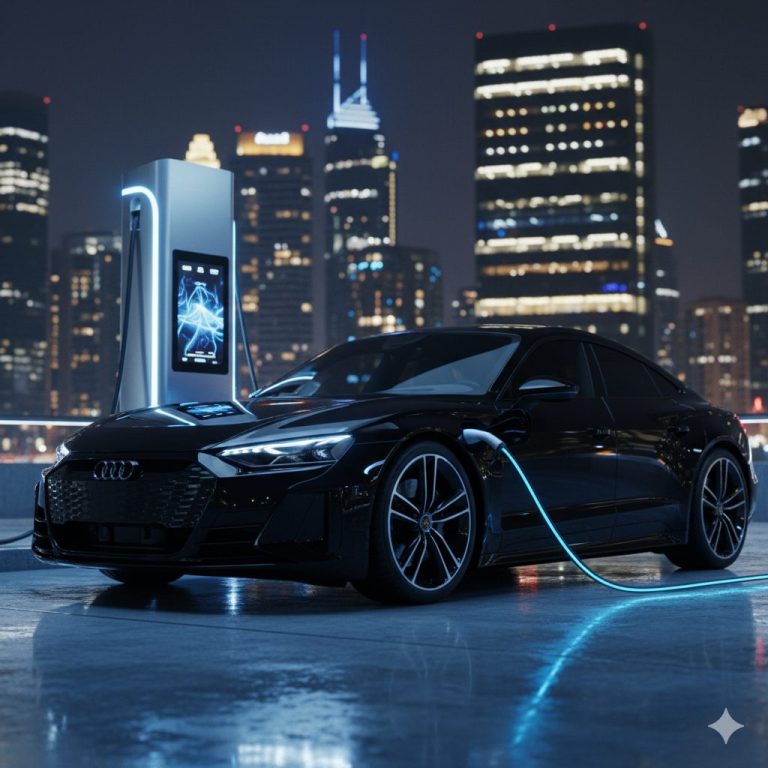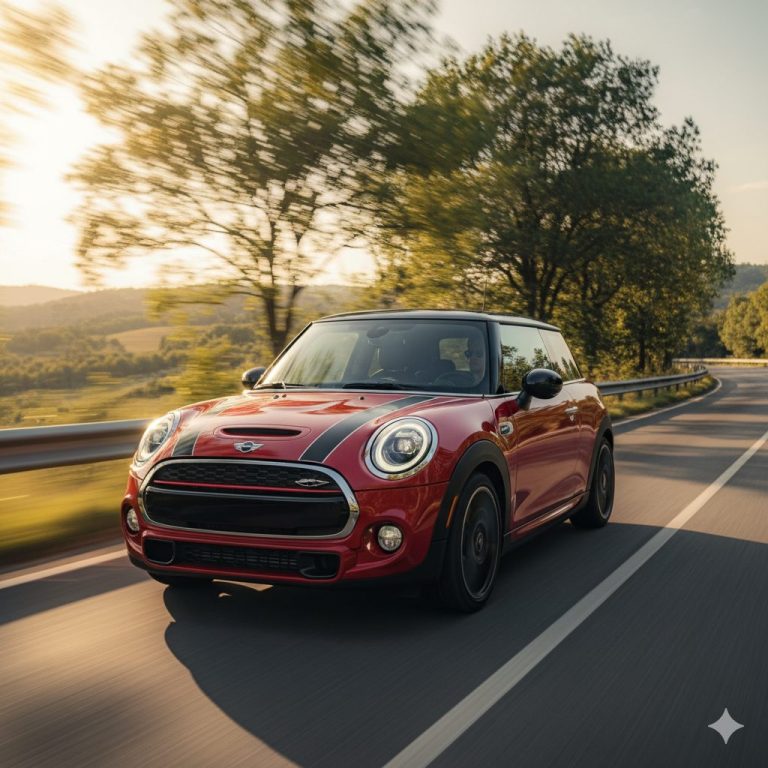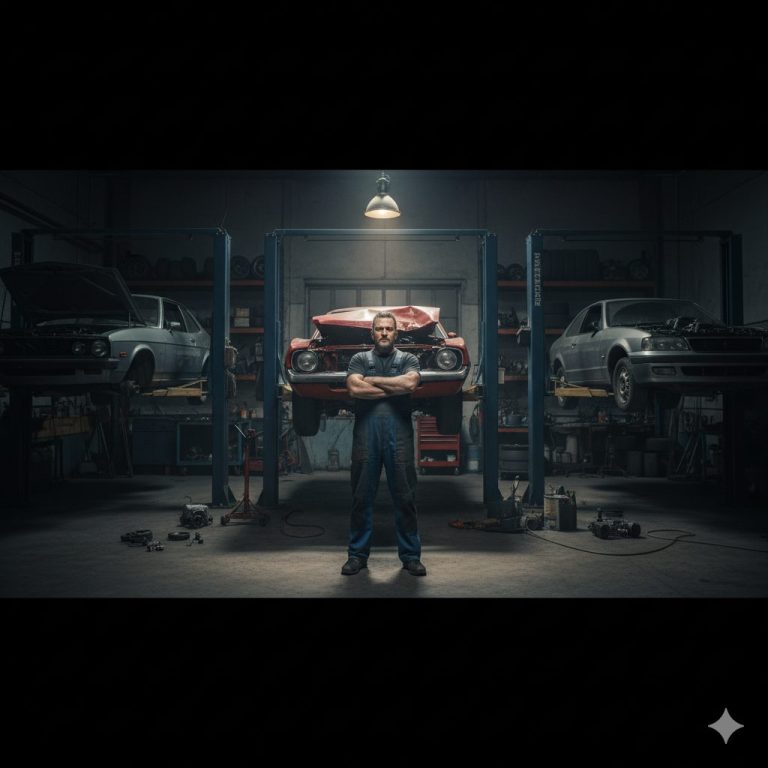10 Japanese Cars to Stay Away From and What’s Wrong With Them
Japanese car manufacturers have earned a stellar reputation for reliability, innovation, and value. However, even the most respected brands can have models that fall short of expectations. Whether due to design flaws, performance issues, or reliability concerns that deviate from their usual standards, some Japanese cars are best avoided. This guide highlights 10 specific Japanese models that have proven problematic, detailing the issues that make them less-than-ideal choices for discerning buyers.
Nissan Rogue (First Generation, around 2008-2013)

Okay, so the Rogue. They are everywhere. And they’re cheap! You see them for like, six or seven grand, and you think, “Hey, a perfectly fine small SUV.” And it is… until it isn’t. The big, scary problem here is the CVT transmission. It’s one of the early Jatco ones, and they are just notoriously bad. They overheat, they whine, they shudder, and then one day they just… give up. And a new transmission costs more than the car is worth. It’s a real shame because the rest of the car is fine, but that transmission is a ticking time bomb.
Mazda RX-8

This one breaks my heart because the RX-8 is one of the coolest, most unique cars ever. I mean, a high-revving rotary engine? Those “freestyle” suicide doors? It’s a true sports car. But that engine… oh man. It’s the whole reason to buy the car and also the whole reason to run away. The apex seals wear out, and when they do, your engine is basically a boat anchor. They burn oil like crazy, get horrible gas mileage, and you’re always living with this low-level anxiety that today’s the day it’s gonna go. Unless you’re a hardcore enthusiast who loves rebuilding engines in your garage, just stay away.
Mitsubishi Mirage

The Mirage is one of those cars that’s… technically a car. I mean, it has four wheels and an engine. It’s one of the cheapest new cars you can buy, like, seventeen grand or something. But honestly? You get what you pay for. It has a tiny three-cylinder engine that’s painfully, dangerously slow. The inside is just a sea of the cheapest, hardest plastic imaginable. It’s loud, it’s uncomfortable, and it feels completely disposable. You’re better off buying a five-year-old used Corolla for the same money. It’s just a depressing car to be in.
Honda Odyssey (around 2002-2004)

“But it’s a Honda!” I know, I know. And that’s what makes this one so tricky. These Odysseys were amazing family vans… except for the automatic transmissions, which were apparently made of glass. They just failed. Constantly. It was a massive, well-known problem. Imagine loading up your whole family for a road trip and the transmission just decides to check out on the highway. It’s a huge, expensive fix, and it’s a known weak point on an otherwise great van. So yeah, even Honda gets it wrong sometimes.
Subaru Outback (around 2000-2009)

I love old Subarus, but you gotta be careful. For a long stretch there, their 2.5-liter flat-four engines were almost guaranteed to blow a head gasket. It’s like a Subaru rite of passage. It’s a super expensive job to fix because you basically have to pull the whole engine out. You’ll see an old Outback for like three grand and think it’s a great deal for an all-wheel-drive wagon, but you have to budget for that inevitable, multi-thousand-dollar repair. If it hasn’t been done already with receipts to prove it, you’re buying a problem.
Toyota Camry (2007-2009, 4-cylinder)

This is another “But it’s a Toyota!” moment. The Camry is the definition of a reliable car. But for these specific model years, the four-cylinder engine, the 2AZ-FE, had a serious problem with its piston rings. The result? It burned oil. A lot of oil. Like, a quart every thousand miles, sometimes even less. If the owner didn’t stay on top of it, and I mean religiously stay on top of it, the engine would run low on oil and just grenade itself. It’s a flaw in the most reliable car on earth, which is what makes it so sneaky.
Nissan Juke

The Juke is just… weird. And not always in a good way. It looked like a frog, the handling was kinda tippy and strange, and it wasn’t even that practical. The back seat was tiny, and the cargo space was a joke. Plus, it often had that same troublesome CVT that plagued other Nissans. So you got a car that was weird-looking, not very useful, and potentially unreliable. It was a bold experiment, I’ll give them that, but it’s not one I’d want to own.
Infiniti QX60 (First Generation)
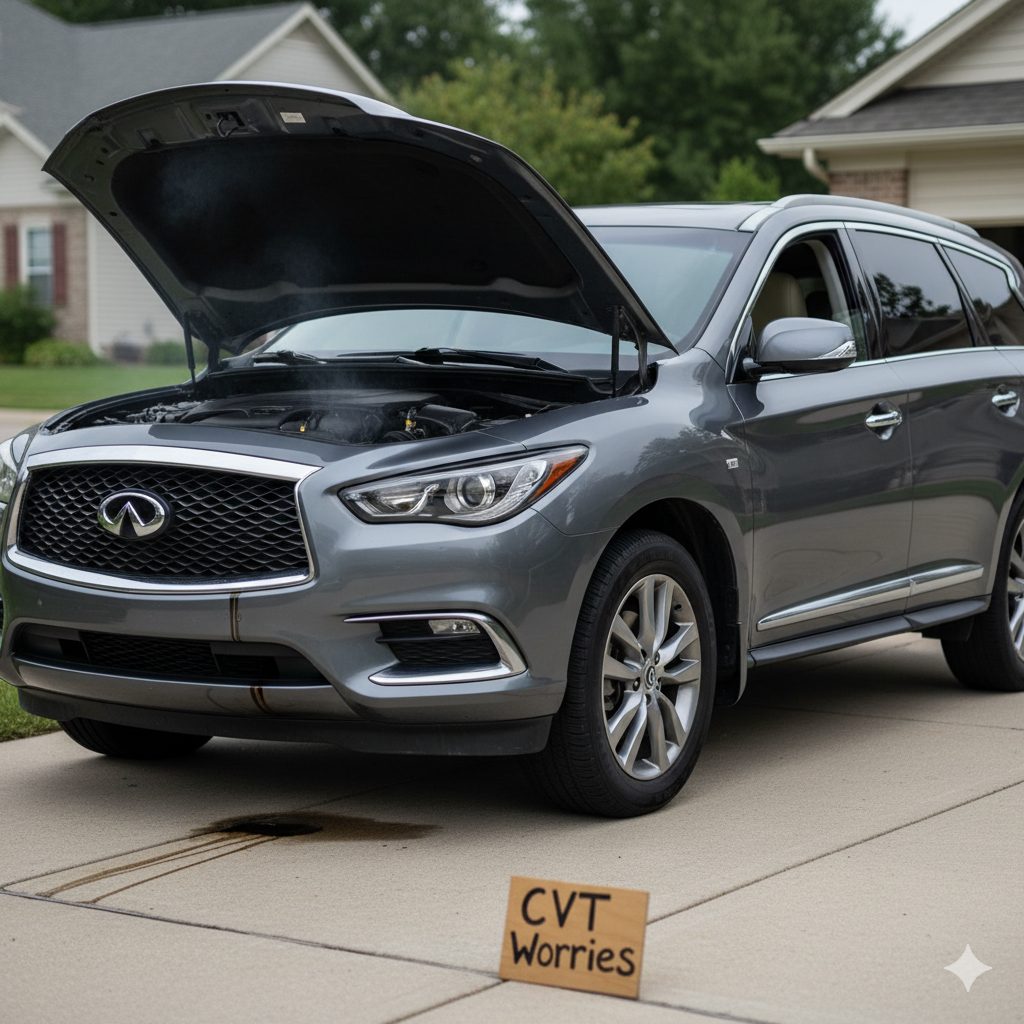
This one hurts because the QX60 is a super comfortable, luxurious three-row SUV. It’s a great-looking vehicle for carting a family around. But… it’s basically a fancy Nissan Pathfinder from the era of bad CVTs. They put that same problematic continuously variable transmission in this fifty-thousand-dollar luxury vehicle. So you get all the same shuddering and potential for catastrophic failure, but in a much more expensive package. A luxury car should not have you worried about its transmission all the time.
Mazda3 (First Generation, 2004-2009)
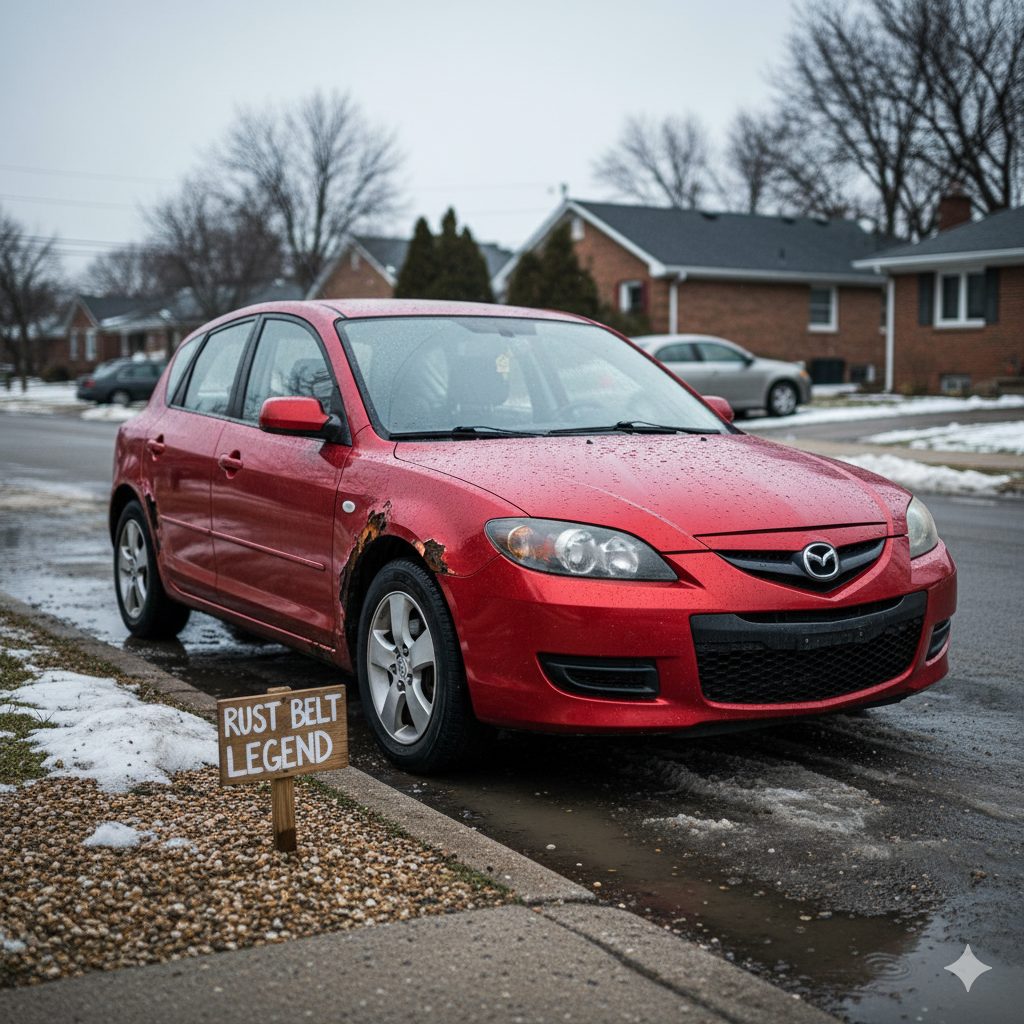
The first-gen Mazda3 was an awesome car to drive. It handled great, it looked sharp… it was a really fun, affordable compact. Its one giant, fatal flaw? Rust. These things would rust if you looked at them funny. The rear fenders, the rocker panels, the door jambs… they would just dissolve, especially if you lived anywhere with snow and road salt. It was a huge problem. You can find them for super cheap now, but you’re probably just buying a pile of iron oxide that’s shaped like a car.
Acura TL (2000-2003)
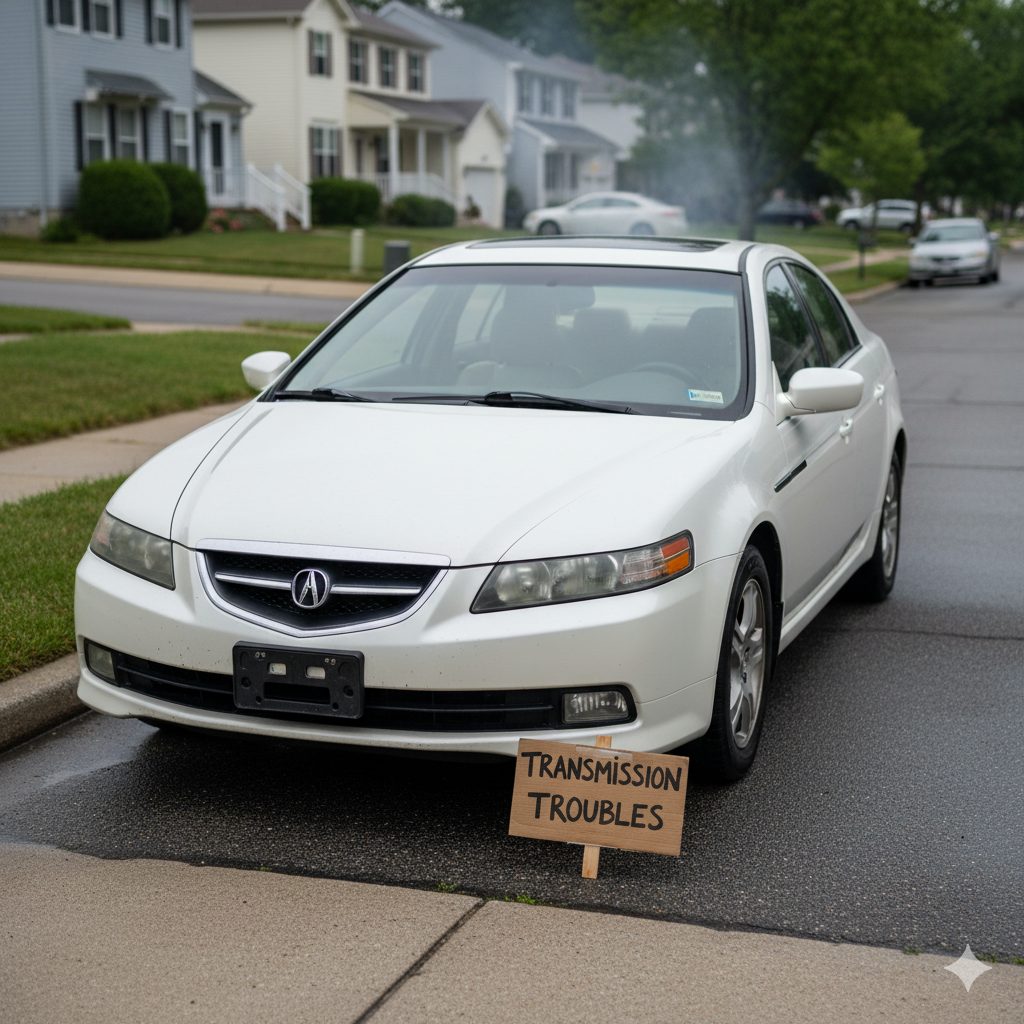
This is basically the same sad story as the Honda Odyssey. The second-generation Acura TL was a fantastic-looking, comfortable, and quick near-luxury sedan. It was a great car! But it had that same notoriously fragile automatic transmission. They called it “glass-jawed.” It would just fail without warning, leaving you stranded. It’s a shame, because the V6 engine was a gem, but it was bolted to a total piece of junk.

